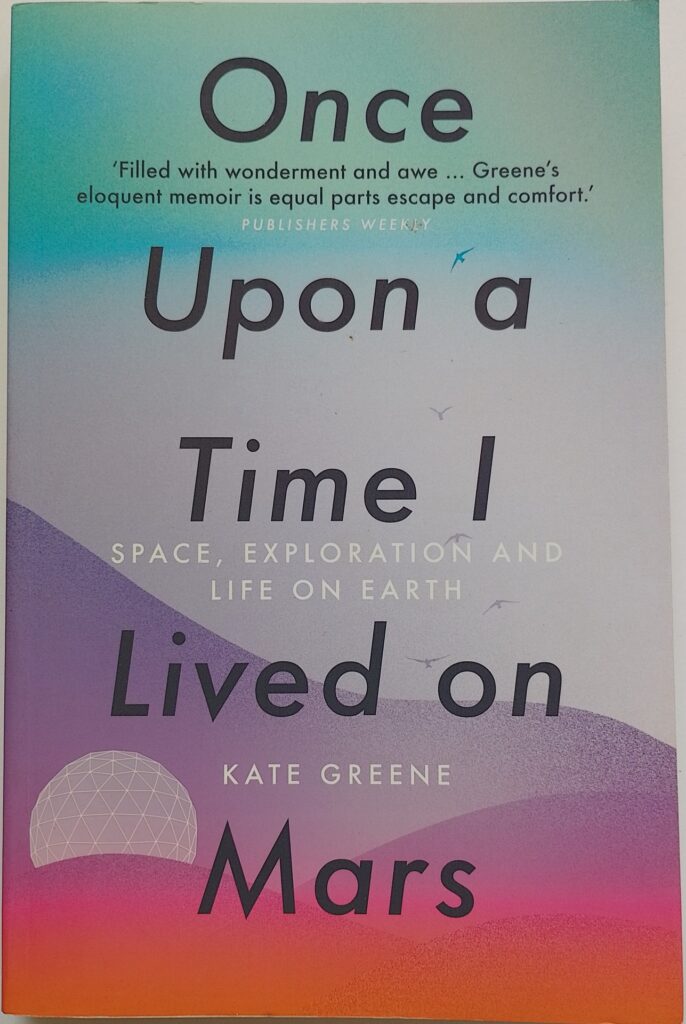First published 2020. Icon Books, paperback, 2021, pp 228, c.65,000 words (main text).
Kate Greene was a member of a team who lived for four months in a Mars simulation on Hawai’i. The book describes how she came to be there, what it was like and what she felt about the experience afterwards. Her life has changed significantly since those four months back in 2013, with divorce and moving to a new city. How much of that change was due to this adventure is not clear, as these things rarely are. However, spending months in isolation with a small group gave her plenty of time to reconsider her life.
Any simulation of Mars here on Earth is going to be flawed because it is impossible to simulate Mars’s reduced gravity and thin atmosphere for starters. Other than that, this experiment was a bold, if sometimes cack-handed attempt. NASA took an interest, although it wasn’t a NASA project. It grew out of research done at a university, and it was always slightly precarious through shortage of funding. As Greene writes, the usefulness of ‘these faux space missions are… …to probe astronaut psychology and sociology’. Food is a major concern because it has been observed that people on long duration (six month) visits to the International Space Station [ISS] tend to lose weight, in part because of loss of appetite. Normal cooking is impossible on the ISS and so all food is freeze dried and rehydrated, rendering it unappetising. This is a major concern for missions to Mars would be at least two years long. On Mars it should be possible to cook frozen foods, and possibly some fresh if resources were devoted to growing crops.
It is this sort of nitty-gritty issue that Greene explores. She is an intelligent observer as well as participant, fully aware of the limitations of the project she participates in. One experiment carried out during her time in the habitat was to explore the possible benefits of interacting with robotic pets, as real ones would be unlikely travellers to Mars. Two were included and all crew members agreed to interact with them. Greene writes: ‘I was not impressed with either.’
Although this was intended as a simulation of what it would be like to live and work on Mars, this delving into details of what makes us tick has a fascination well beyond Mars. These are questions about what it is to be human. How we interact, what we need to cope, and what we can do without. Greene is an entertaining and informative guide, and the book is well written.
A question that arose for me was why it took so long for Green to write the book? Her stay at HI-SEAS took place seven years before the book came out. Did it take much of that time for Greene to process the experience? I find it hard to believe that she had trouble finding a publisher.
© William John Graham, June 2022

